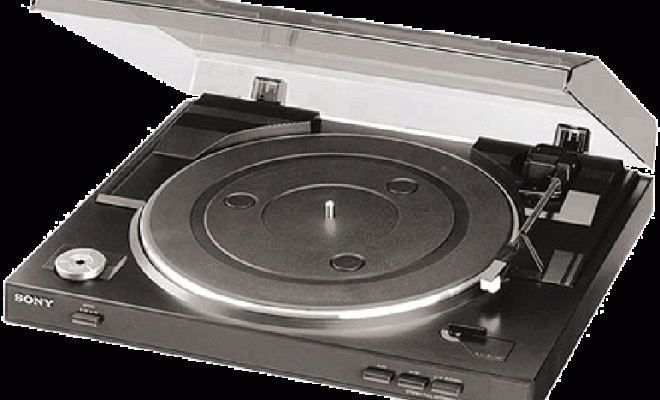Ways to Boost Your Wi-Fi Signal

In today’s interconnected world, having a strong and stable Wi-Fi signal is crucial. Whether you’re working from home, streaming your favorite shows, or attending a meeting online, boosting your Wi-Fi signal can ensure that you are always connected. This article will discuss various ways to improve your Wi-Fi signal and ensure a smooth online experience.
1. Upgrade Your Router
The most effective way to boost your Wi-Fi signal is to invest in a new router. Older routers may not be capable of handling the latest technology or may be unable to provide sufficient coverage for larger homes. Look for a router that offers dual-band or tri-band Wi-Fi, supports the latest wireless standard (Wi-Fi 6), and has multiple antennas.
2. Optimal Router Placement
The location of your router significantly affects Wi-Fi strength and coverage. Ensure that your router is centrally located in your living space and is placed at an elevated position, away from household appliances that may cause interference. Avoid placing it near thick walls or in closed cabinets as this can weaken the signal.
3. Use a Wi-Fi Extender
A Wi-Fi extender amplifies the existing Wi-Fi signal and rebroadcasts it further away from the router, providing more extensive coverage. This is particularly useful in larger homes or if you have dead zones where the Wi-Fi signal is weak or non-existent. Place the extender halfway between your router and the problematic area for maximum effect.
4. Change the Wireless Channel
Wi-Fi routers often operate on overlapping channels, which can lead to interference and slow down your connection. Changing the channel on which your router operates could help reduce interference from other nearby wireless networks. Check your router’s settings to ensure it automatically selects the least congested channel.
5. Keep Your Router’s Firmware Updated
Regularly updating the firmware on your router can keep it running smoothly and securely. Updates not only fix bugs but also introduce features that enhance Wi-Fi performance. Most modern routers notify you when there’s an update available, or you can check the manufacturer’s website for updates.
6. Secure Your Wi-Fi Network
Unsecured Wi-Fi networks allow unauthorized users to access and consume your bandwidth, slowing down your connection. Ensure you are using a strong password and enable the latest encryption standard (WPA3) in your router settings. Disable WPS (Wi-Fi Protected Setup) as it can be easily exploited, compromising your Wi-Fi security.
7. Use Quality of Service (QoS) Settings
QoS settings within your router allow you to prioritize specific devices or applications that require more bandwidth or need lower latency. By ensuring critical devices or services get priority, this can help ensure a smoother online experience even on a slower or congested Wi-Fi network.
In conclusion, there are various ways to boost your Wi-Fi signal and improve connection speeds for a seamless online experience. These range from ensuring optimal router location to using Wi-Fi extenders and updating firmware regularly, providing comprehensive solutions for enhancing your home’s Wi-Fi signal strength and coverage.






